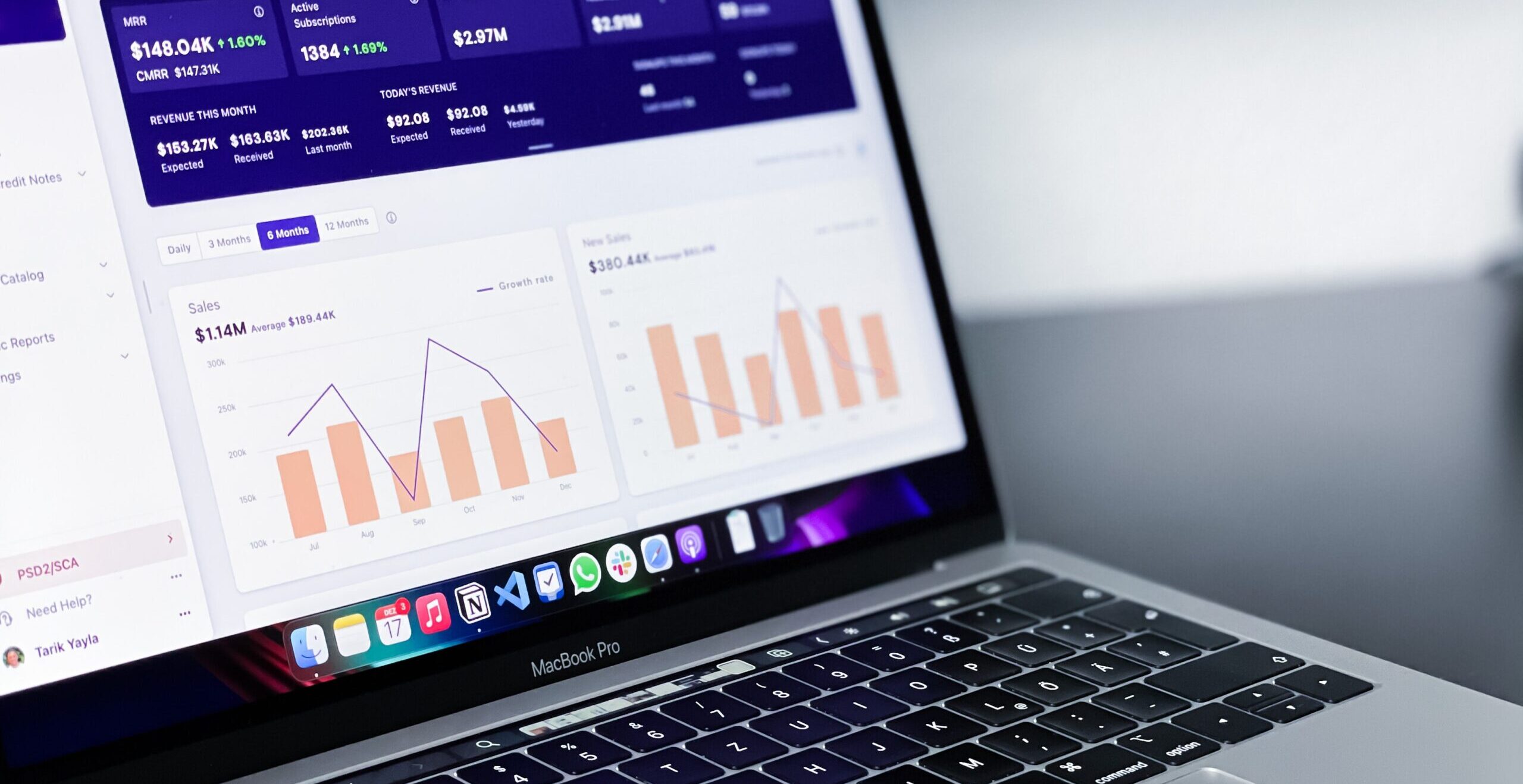La planificación en origen de la empresa, también conocida como ERP, es un tipo de software que es un programa de organización que ayuda con las actividades empresariales diarias. Estas actividades empresariales pueden incluir la contabilidad, la gestión de proyectos, las operaciones de la cadena de suministro, las adquisiciones, el cumplimiento de la normativa y muchas más actividades empresariales.
Un ERP completo también puede ayudar a la gestión del rendimiento de la empresa. Esto puede incluir la planificación, el presupuesto, la predicción y los resultados financieros de una organización. El software ERP puede estar en las instalaciones o en la nube, siendo una plataforma completa e integrada. El software de planificación de la fuente de la empresa permite que cada departamento se reúna como uno solo, para que la empresa pueda acceder y ver los datos de cada sección de la empresa. Este software permite una gestión completa de los negocios basados en la producción o la distribución.
Las empresas que utilizan un ERP buscan un software que controle todos los aspectos de la logística, la producción y las finanzas. Este sistema permite a una empresa seguir un flujo de trabajo así como los datos de cada departamento. Las empresas son capaces de gestionar e implementar cada departamento importante utilizando la planificación en origen de la empresa. Al utilizar una aplicación de software ERP, las empresas pueden reunir todos los procesos necesarios para el funcionamiento de su empresa en un único sistema. El ERP es un sistema de gestión integrado que se utiliza para que las empresas sigan los principales procesos en tiempo real.
El software de planificación en origen de la empresa reúne diferentes sistemas informáticos. El ERP conecta todos los sistemas informáticos a un único software, para que sea más fácil encontrar los datos. Cuando una empresa utiliza un sistema ERP, cada departamento tiene su propio sistema, pero se puede acceder a todos los sistemas a través de una aplicación.
Un sistema ERP recoge los datos y la información de cada actividad o departamento y los pone a disposición de toda la empresa. Las empresas utilizan un software ERP por muchas razones diferentes. Aunque hay muchas razones diferentes para que una empresa utilice un sistema ERP, el deseo de expansión, la reducción de costes o la mejora de las operaciones son algunas de las principales razones.
Cuando una empresa utiliza un sistema ERP, los diferentes departamentos pueden comunicarse y compartir información de manera eficiente. Esto permite ahorrar tiempo y recursos. Estos sistemas ERP facilitan el intercambio de información con el resto de la empresa. Las empresas que utilizan un sistema ERP pueden acceder rápidamente a diferentes tipos de información de distintos departamentos.
El software ERP proporciona a las empresas muchos beneficios diferentes. Cuando se utiliza una aplicación ERP, todos los datos de la empresa se colocan en un solo software. Como estos datos están en un solo lugar, las empresas pueden utilizarlos de forma productiva. Las empresas son capaces de planificar, presupuestar, comunicar y hacer previsiones de forma eficiente.
Las aplicaciones ERP pueden ayudar a una empresa a ser más consciente de sus finanzas generales, producción, recursos, distribución y mucho más. Tener los datos en el mismo software permite a las empresas eliminar costosos duplicados, ver el flujo de trabajo global, ser más precisos y mejorar la productividad. El uso de un sistema sincronizado puede permitir resultados más rápidos y mejores dentro de la empresa, así como con los clientes. Los departamentos pueden comunicarse mejor y colaborar entre sí.
Un ERP también puede ayudar a la productividad y la ética laboral de los empleados. Esto se debe a que los empleados son capaces de ver cómo cada departamento trabaja en conjunto para lograr la misión general de la empresa. Un sistema ERP también puede eliminar el trabajo que de otro modo sería redundante o no sería útil para un día de trabajo productivo. El ERP puede ser un software muy útil para muchos tipos de empresas.
Debido a que el uso de un sistema ERP puede eliminar los costes redundantes, mejorar las operaciones y proporcionar a las empresas informes precisos, es un software muy prometedor. Muchas empresas diferentes están utilizando ahora este tipo de software para dar a su empresa una forma más fácil y rápida de ver los datos y cada departamento. La planificación en origen de la empresa elimina los procesos que, de otro modo, llevarían mucho tiempo y serían costosos. ESP es un software eficiente que muchas empresas diferentes están utilizando ahora para ampliar su empresa, eliminar los costes redundantes, comunicarse más fácilmente, y conectar los departamentos centrales de la empresa.





